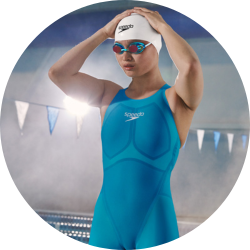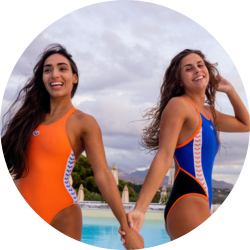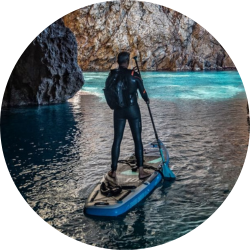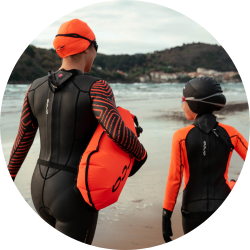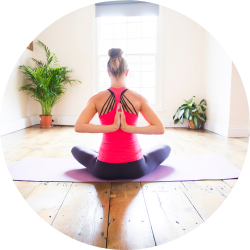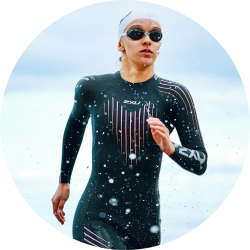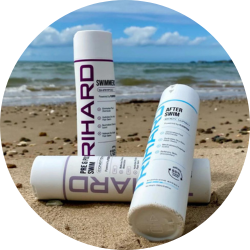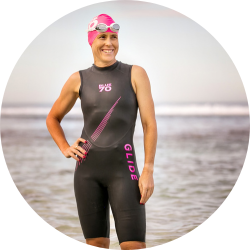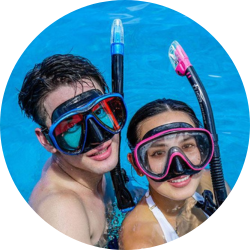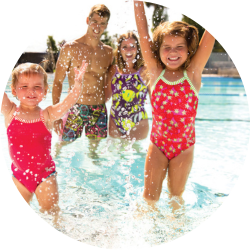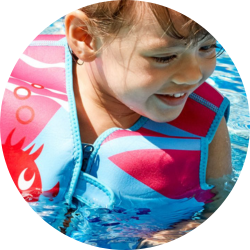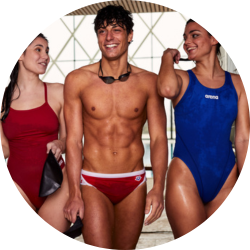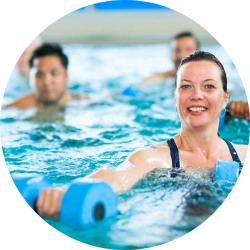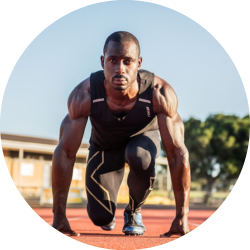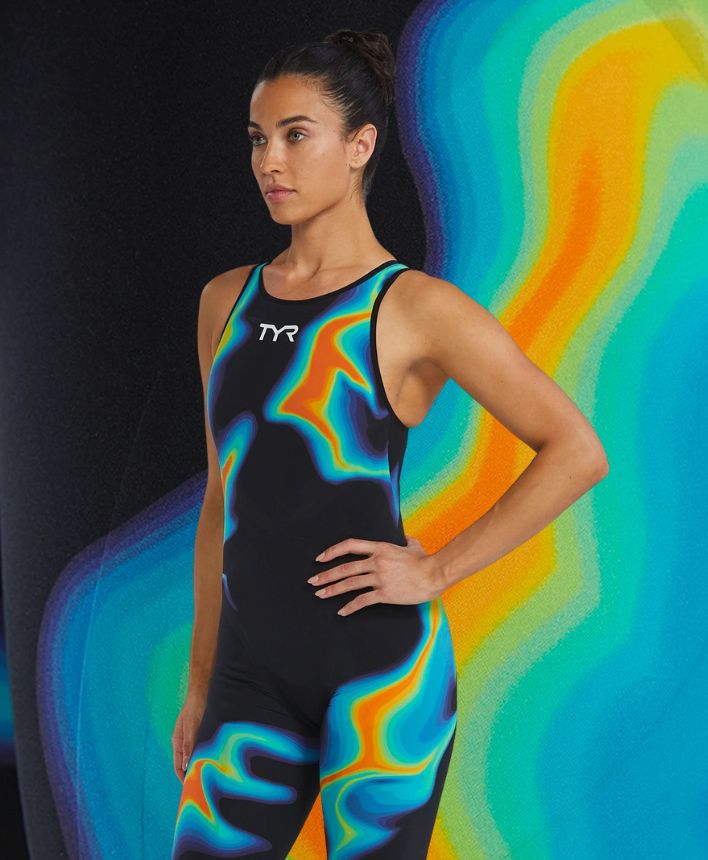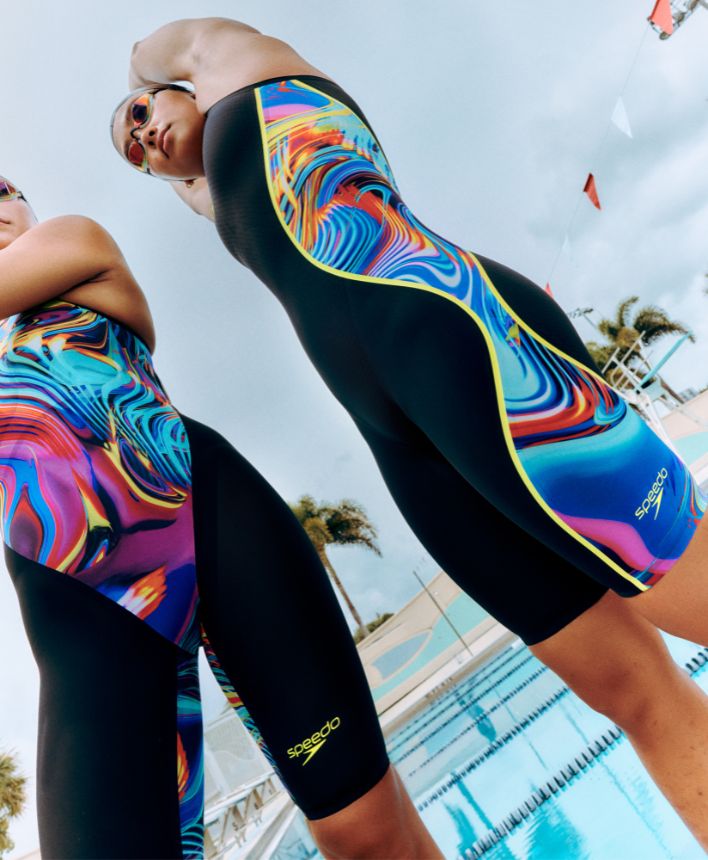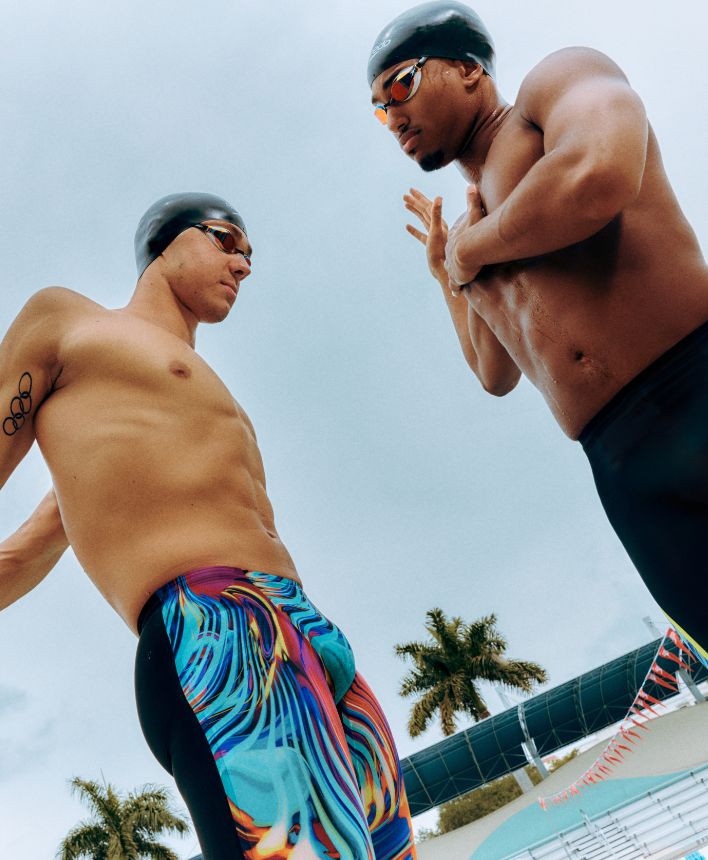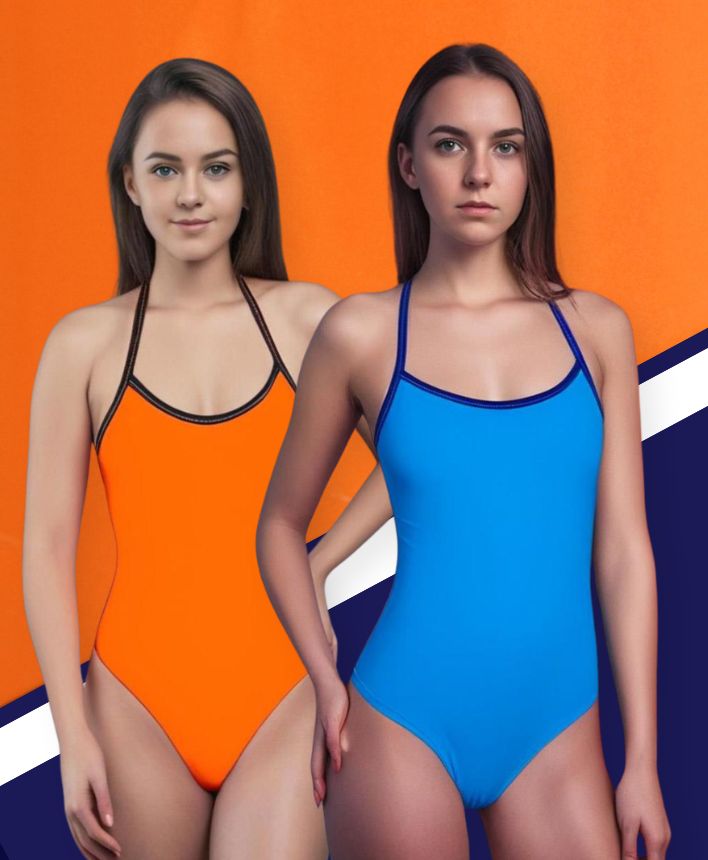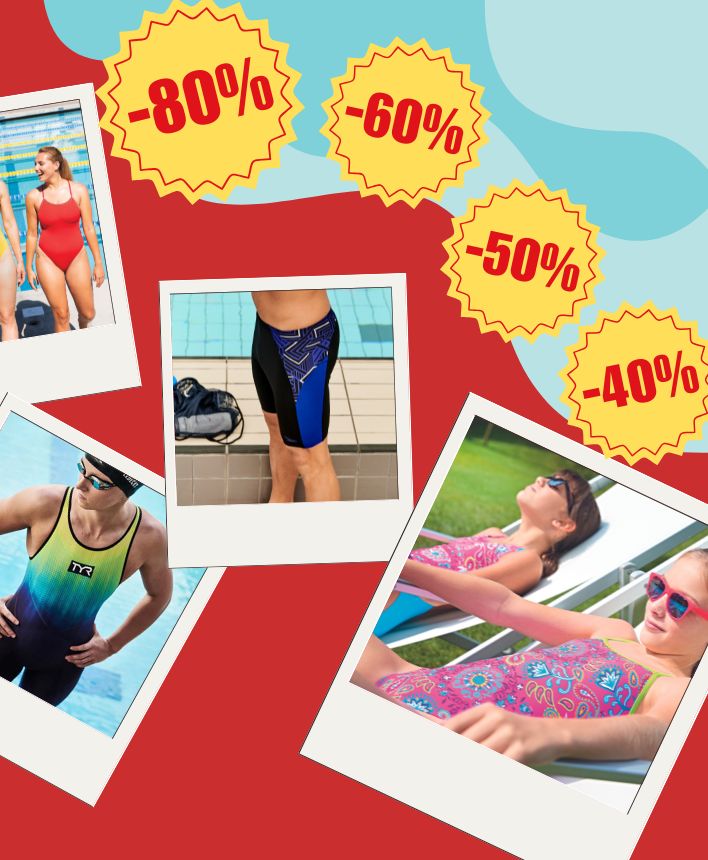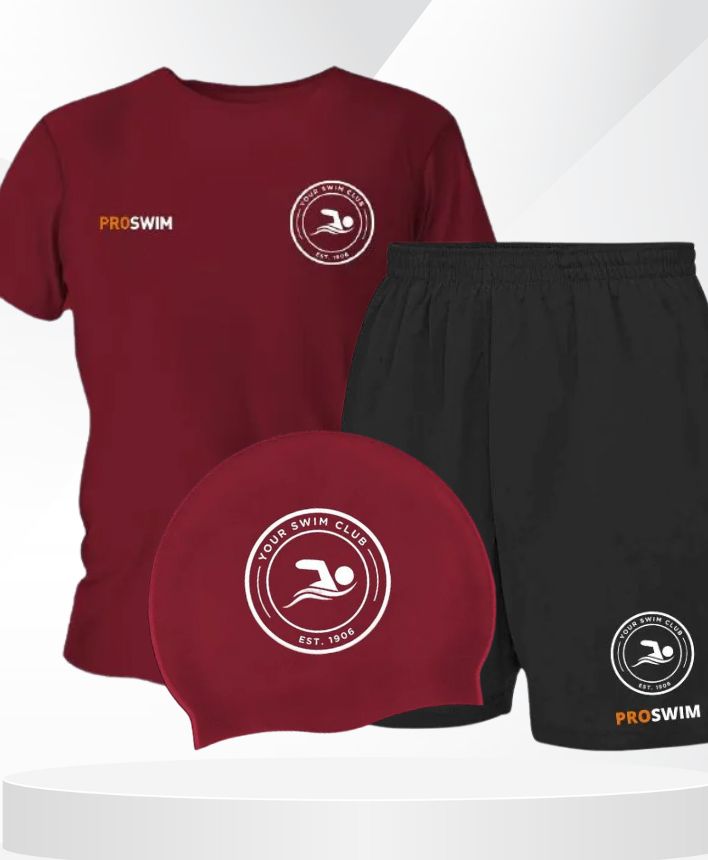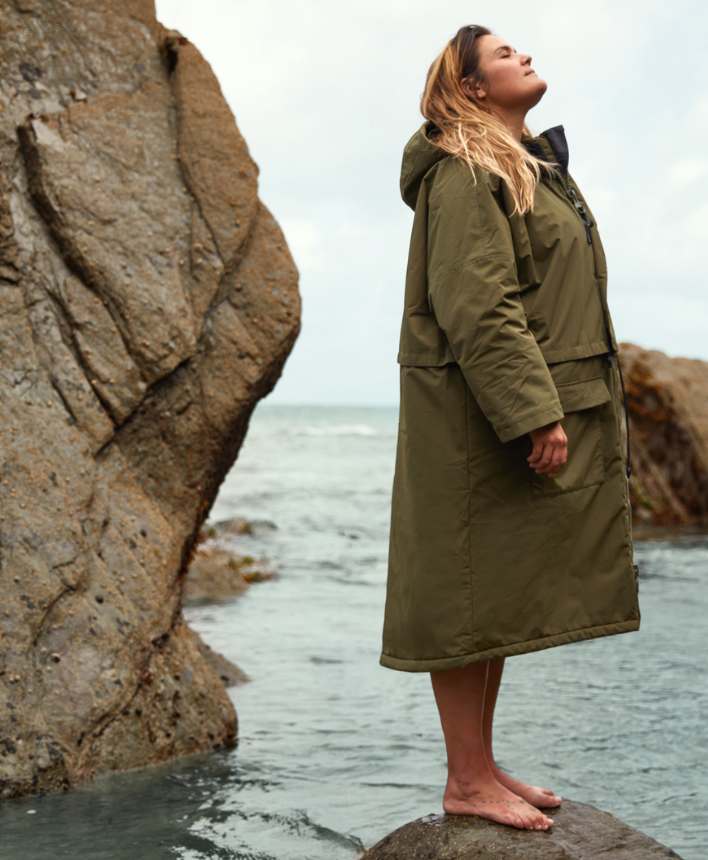When it comes to swim training, there's an ongoing debate: interval training vs. long swims, which is better?
Whether you're a competitive swimmer, a triathlete, or just someone trying to improve in the pool, the type of training you choose can have a major impact on your progress. Let’s break down both approaches and help you decide which is right for your goals.
Interval training involves structured sets of swimming at higher intensities, broken up with rest periods. A typical example might be:
✅ Benefits of Interval Training:
-Builds speed and power
-Improves race pacing and strategy
-Trains your body to recover quickly
-More efficient in less time
-Keeps workouts mentally engaging
-This type of training is particularly useful for competitive swimmers who need to swim fast and recover quickly between races or rounds.
Long swims are continuous, steady-paced sessions where you swim longer distances without breaks. Think of it like a long run, slow and steady.
✅ Benefits of Long Swims:
-Builds aerobic endurance
-Develops mental stamina
-Improves technique under fatigue
-Great for open water swimmers and triathletes
-Establishes a solid base for all other training
Long swims are essential for beginners learning pacing or for anyone training for distance events like a 5K swim or triathlon.
So, Which One Is Better?
It depends on your goals. Here's a quick guide:
| Your Goal | Best Training Type |
|---|
| Get faster in races | Interval Training |
| Improve stamina for distance | Long Swims |
| General fitness | Mix of Both |
| Train for a swim meet | Mostly Intervals |
| Train for open water/triathlon | Long Swims + some intervals |
If you're short on time and want results, interval training will often give you more bang for your buck. But if you're building a foundation, recovering from injury, or prepping for long-distance races, long swims are crucial.
You don’t have to choose between interval training and long swims, the best training plans include both. Intervals make you faster. Long swims make you stronger. Together, they make you a better swimmer. Whatever your goal, sprint speed, endurance, or general fitness, balance is key. Listen to your body, track your progress, and don’t be afraid to mix things up. Swim smart. Train hard. And enjoy the process.


